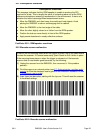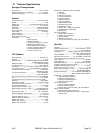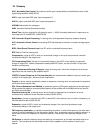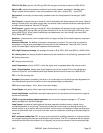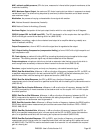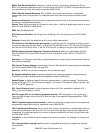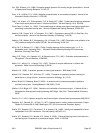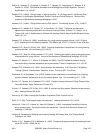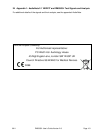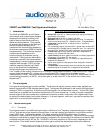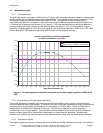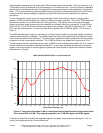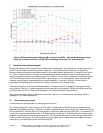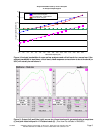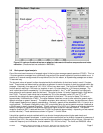0611 RM500SL User’s Guide Version 2.8 Page 100
Scollie, S., Seewald, R., Cornelisse. L., Moodie, S. T., Bagatto, M., Laurnagaray, D., Beaulac, S. &
Pumford, J. (2005). The Desired Sensation Level Multistage Input/Output Algorithm. Trends in
Amplification, 9-4, 159-197.
Seewald, R.C. (1994a). Current issues in hearing aid fitting. In J-P Gagne and N. Tye-Murray (Eds.),
Research in Audiological Rehabilitation: Current Trends and Future Directions. Journal of the
Academy of Rehabilitative Audiology Monograph, XXVII.
Seewald, R.C. (1994b). Fitting children with the DSL method. The Hearing Journal, 47(9), 10,48-51.
Seewald, R.C., Moodie, K.S., Sinclair, S.T. & Cornelisse, L.E. (1996). Traditional and theoretical
approaches to selecting amplification for infants and young children. In Bess, F.H., Gravel, J.S. &
Tharpe, A.M. (eds.): Amplification for Children with Auditory Deficits, Nashville: Bill Wilkerson Center
Press, 161-191.
Seewald, R.C. & Ross, M. (1988). Amplification for young hearing-impaired children. In M.C. Pollack
(Ed.), Amplification for the Hearing-Impaired, Third Edition (pp. 213-271). Orlando: Grune & Stratton.
Seewald, R.C., Ross, M. & Spiro, M.K. (1985). Selecting amplification characteristics for young hearing-
impaired children. Ear and Hearing, 6(1), 48-53.
Seewald, R.C., Ross, M. & Stelmachowicz, P.G. (1987). Selecting and verifying hearing aid performance
characteristics for young children. Journal of the Academy of Rehabilitative Audiology, 20, 25-38.
Seewald, R., Moodie, S. T., Scollie, S. & Bagatto, M. (2005). The DSL method for pediatric hearing
instrument fitting: Historical perspective and current issues. Trends in Amplification, 9-4, 145-157.
Seewald, R.C. & Moodie, K.S. (1992). Electroacoustic considerations. In M. Ross (ed), FM Auditory
Training Systems: Characteristics, Selection, & Use. Timonium, MD: York Press.
Sherbecoe, R.L & Studebaker, G.A. (2003) Audibility-Index predictions of normal-hearing and hearing-
impaired listeners’ performance on the Connected Speech Test. Ear and Hearing, 24-1, 71-88.
Sinclair, S.T., Moodie, K.S. & Seewald, R.C. (1997). Pediatric Hearing Instrument Fitting: Phonak Video
Focus #2 Booklet, Stofa, Switzerland: Phonak A/G.
Sinclair, S.T. Seewald, R.C. & Cole, W.A. (1996). A new real-ear fitting system: Because no two ears are
alike. Hearing Review 3(6):46-48.
Skinner, M. W. (1988). Hearing Aid Evaluation. Englewood Cliffs: Prentice-Hall Inc.
Smith, D. A. 1990. Technological report: Acoustometry. Hearing Instruments 41(11):40-44.
Valente, M., Potts, L.G., Valente, M., Vass, W & Goebel, J. (1994). Intersubject Variability of real-ear
sound pressure level: Conventional and insert earphones. Journal of the American Academy of
Audiology, 5, 390-398.
Valente, M: Strategies for Selecting and Verifying Hearing Aid Fittings. New York:Thieme Medical
Publishers, Inc.,1994.
Zelisko, D.L.C., Seewald, R.C. & Whiteside, S. (1992). Comparing three procedures for predicting the ear
canal SPL at LDL. ASHA, 34(10).



